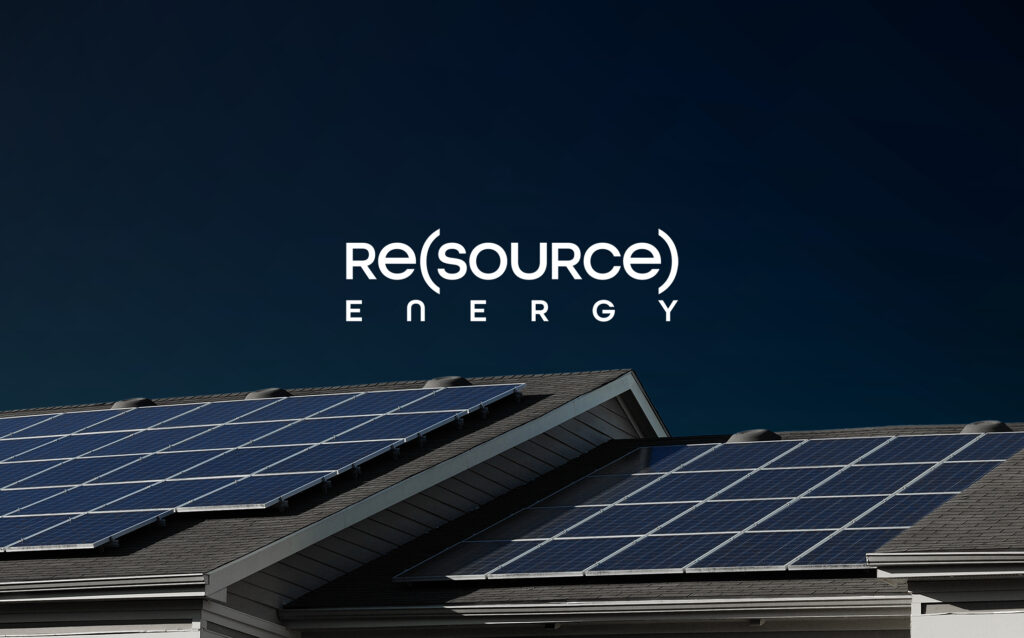

What Is The Carbon Pricing Schedule?
Canada’s minimum national price on GHG emissions calculated in carbon dioxide equivalent (CO2e) is $65 per tonne in 2023, and increases by $15 per year to $170 per tonne CO2e in 2030 according to the following schedule: Year Minimum Carbon Price $CAD/tonne CO2e 2023$65 2024$80 2025$95 2026$110 2027$125 2028$140 2029$155



